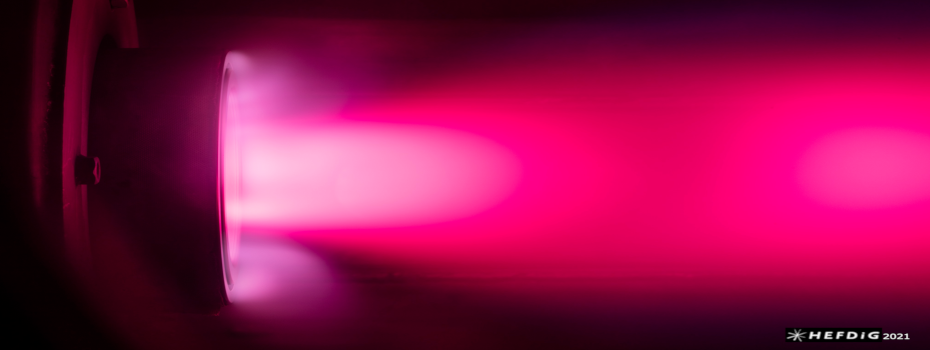Speaker
Description
The Ice Giants, Uranus and Neptune, represent a largely unexplored, interstitial class of planetary objects that fit between the Gas Giants and the smaller terrestrial worlds, such as Earth, in terms of their size and elemental composition and are therefore a missing link in our understanding of extrasolar planetary evolution. The scientific potential of a mission to the Ice Giants is well recognised and has been identified by NASA and ESA as a high priority on several occasions, most recently in the 2023 - 2032 Decadal Survey. The payload capacity of such a spacecraft is limited by the requirement for a bulky heat shield, made necessary by the paucity of ground test data for convective and radiative heat flux at proposed entry trajectories. This paper describes an experimental study of shock layer radiation via emission spectroscopy at Ice Giant entry conditions in the T6 free-piston driven wind tunnel. Shock waves of up to 18.9 km/s were driven through H/He mixtures containing up to 5% CH4 by mole. The magnitude of spectral radiance at the peak and in the immediate post-shock region appears to be strongly affected by the concentration of CH4 in the test gas. Thorough cleaning of the shock tube between each test was found to be very important for obtaining high quality data given the relatively low signal levels.
Summary
The Ice Giants, Uranus and Neptune, represent a largely unexplored, interstitial class of planetary objects that fit between the Gas Giants and the smaller terrestrial worlds, such as Earth, in terms of their size and elemental composition and are therefore a missing link in our understanding of extrasolar planetary evolution. The scientific potential of a mission to the Ice Giants is well recognised and has been identified by NASA and ESA as a high priority on several occasions, most recently in the 2023 - 2032 Decadal Survey. The payload capacity of such a spacecraft is limited by the requirement for a bulky heat shield, made necessary by the paucity of ground test data for convective and radiative heat flux at proposed entry trajectories. This paper describes an experimental study of shock layer radiation via emission spectroscopy at Ice Giant entry conditions in the T6 free-piston driven wind tunnel. Shock waves of up to 18.9 km/s were driven through H/He mixtures containing up to 5% CH4 by mole. The magnitude of spectral radiance at the peak and in the immediate post-shock region appears to be strongly affected by the concentration of CH4 in the test gas. Thorough cleaning of the shock tube between each test was found to be very important for obtaining high-quality data given the relatively low signal levels.

